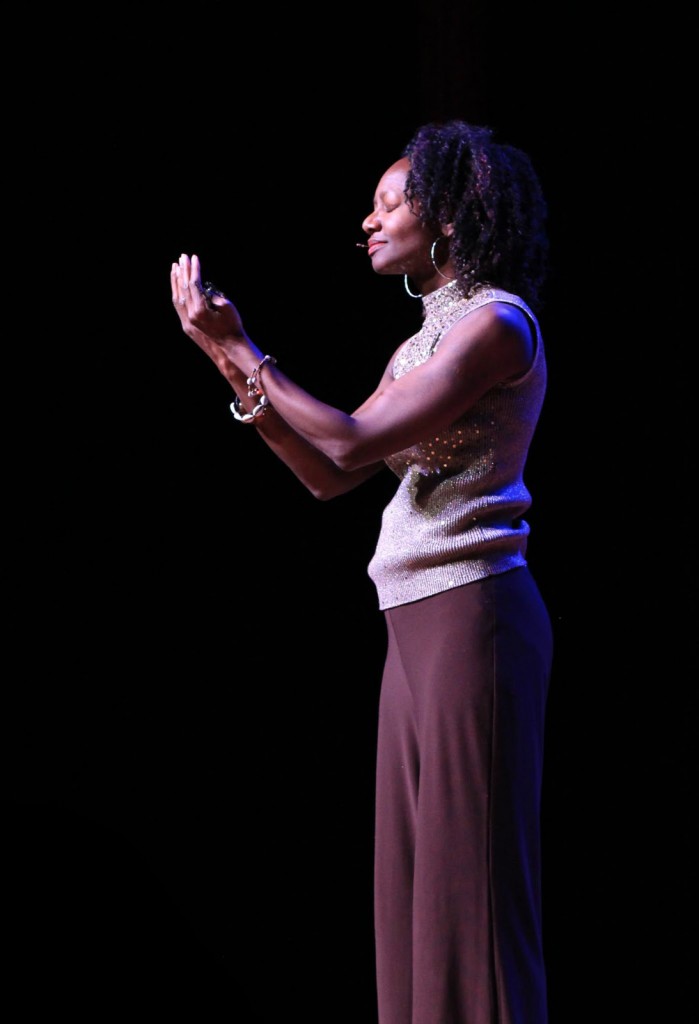By Dr. Amanda Kemp
This morning after my usual high protein breakfast of black beans, salmon, salad and a bite of eggs, I set out on my 15 minute brisk walk. (I started this routine after hearing Tim Ferris author of The 4 Hour Body.)
I don’t like to be cold–except when I’m heat flashing-so I added a mid-thigh black suede coat to my ensemble.
I start walking. I see a white family of three or four kids and two adults playing while waiting for the school bus.
Immediately, I feel weird. I feel like a threat. I am Black, dark brown complected. I have dread locks. I am wearing a black coat that could conceal something bad.
This is not my neighborhood, not my state and not my home. I am an outsider. I am in a middle class neighborhood in Hamden, Ct.
No one in the family speaks and I keep my eyes forward so as not to offend or be offended. I feel fear.
It is 8:25am. I worry that someone will call the police about a suspicious Black woman walking.
As I walk, I wish I had chosen my lime green sweater. It’s cute and it seems to increase my innocence.
Black is dangerous. It hides things. I’m dangerous. I could be hiding something.
These are the automatic thoughts that I notice myself thinking only after I pass another collection of white adults and children waiting for the school bus. As I pass this group, a woman smiles and says “Good morning.” I respond “Good morning” and smile back. A little. I keep walking.
Going down a steep hill, I realize I’ve internalized all of these messages about Black people, about myself as a threat. I pick up speed. There’s nothing wrong with me, I insist, still worried about my black mid-thigh suede coat that a white friend had given to me. You’re going to be okay, I tell myself. I search for a hair band to tie up my dreads. No luck.
As I turn around to ascend the hill, I open the coat. There, nobody will think I’m hiding a weapon. I’m wearing a pink fitted sweater and olive cardigan underneath my jacket. I am innocently female. (I know, #SayHerName, but I’m just doing what I can.)
As I huff and puff my way to the top of the hill, I feel a little relieved that all the families are gone. I don’t feel like a threat.
I practice what I will say to the police: I’m visiting my friend ________and her address is… I’m proud that I remember her address.
I worry about my son, about black boys and men who walk outside their neighborhoods. Threatening. Suspicious. (Trayvon Martin sits in the back of my consciousness.) I worry that they don’t have female innocence to draw on. A cute lime green sweater or a fitted pink top to cue the outside world that they are not a threat. (Of course that did not save Sandra Bland.)
I am facing traffic. Cars come at me. There’s no sidewalk here. People who walk are unexpected. Will the dark coat could hide me from a careless, momentarily distracted driver?
I arrive home.
I go to the guest bedroom.
I meditate.
I write.
This is what it’s like to “Walk while Black.”



I can appreciate your cause for concern. Luckily no harm came to you.
I too am fearful walking in my neighborhood of West Hempfield. While being blind, I find it extremely dangerous for myself and my service dog to walk the sidewalks. We have been repeatedly attacked by other dogs running at large. Calling for assistance to the township police has done little. No charges are ever file by them. I must contact the State Dog Warden for any help.
The condition of the sidewalks are not ADA compliant. Requesting the township provide safe access to the public right of way resulted in their reply that it isn’t their responsibility. The township zoning officer does not proactively inspect anything.
Contacting the township police to inquire for their assistance resulted in the same reply.
So be happy you can move about freely without harm.
I envy you.